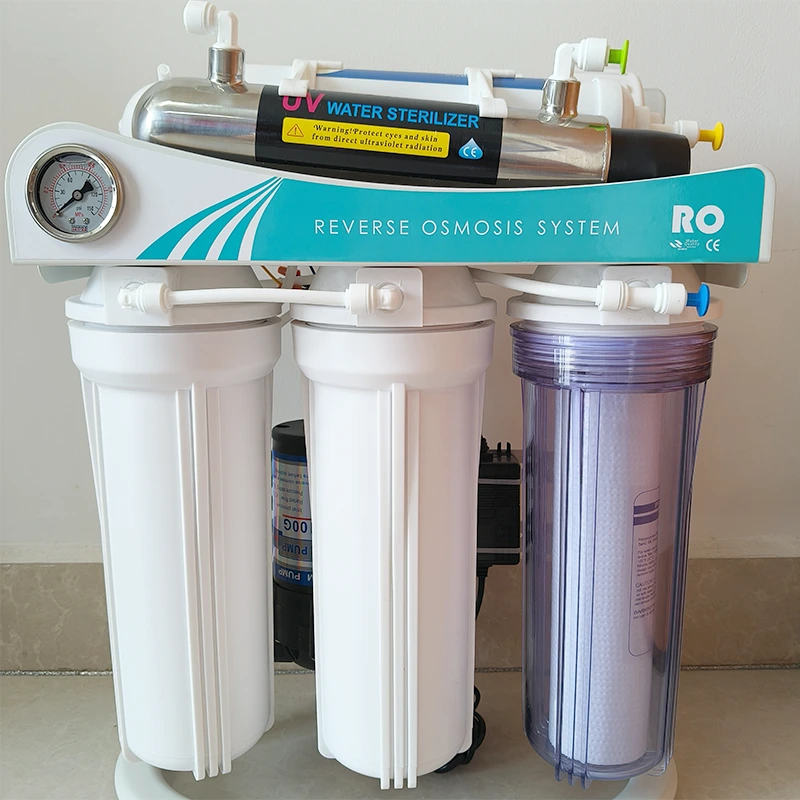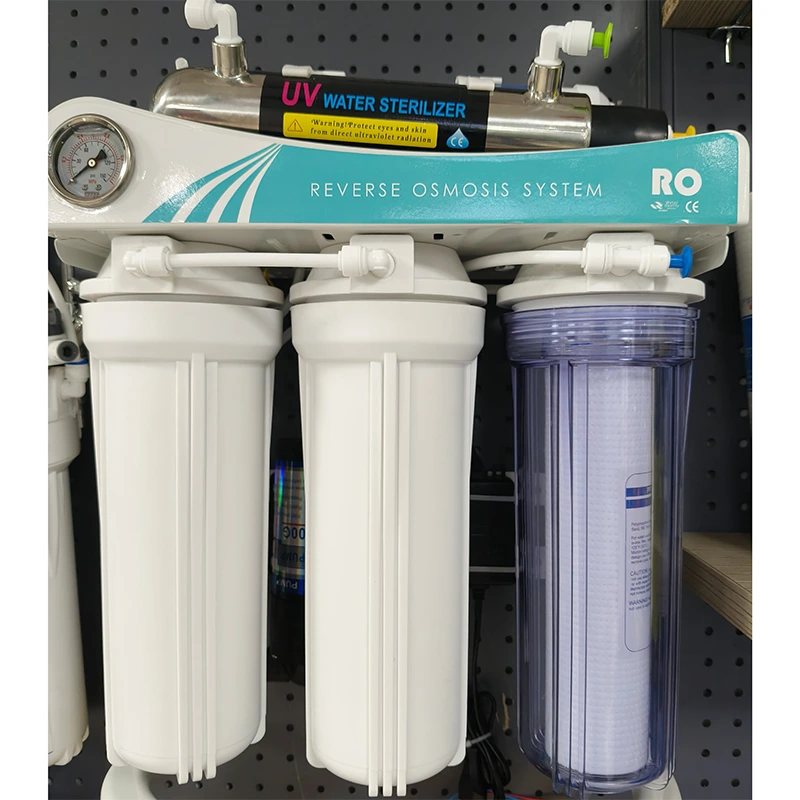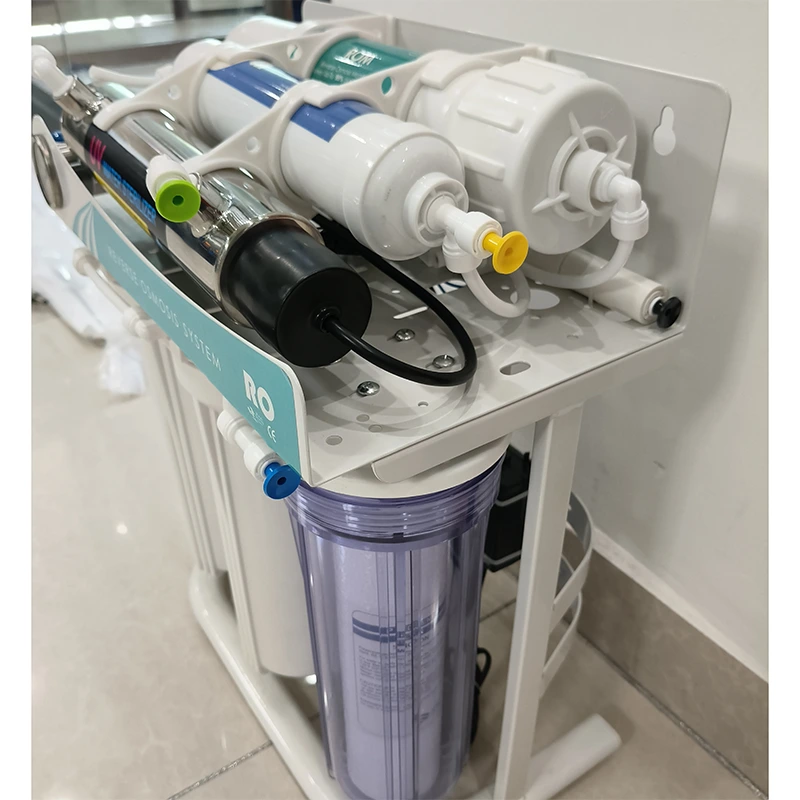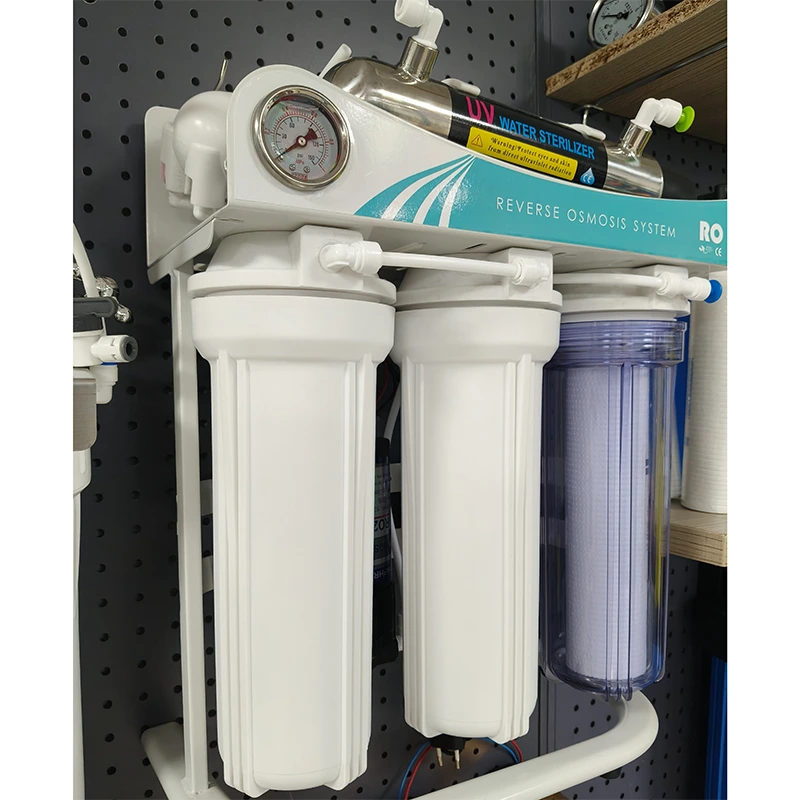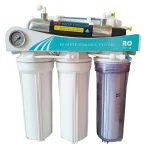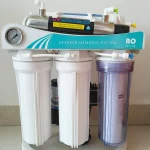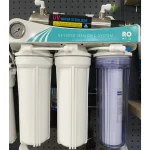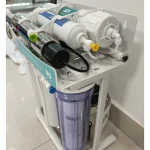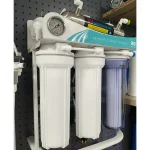BasideWT- Whole Home Water Filtration System & Replacement

Best 6 stage Under-sink RO Purifier UV Sterilization Home Reverse Osmosis Drinking Water Filter System
PRODUCT PARAMETERS
- Product Name: Reverse Osmosis Drinking Water Filter System
- Filter stages: 6 Stages Fliters
- Model: 75G
- Pressure Tank: 3.2G
- Input voltage: 100-240V, 50/60Hz
- Applicable water pressur: 0.1-0.3Mpa
- Purification Method: Reverse Osmosis, Sedimentation
- Type: Under-Sink, Wall Mounted, Countertop
- Filter: 5-stage Reverse Osmosis Filtration
- Usage: Household Water Treatment
- Packing: Standard Exportation Package
Best 6 Stage Under-Sink RO Purifier UV Sterilization Home Reverse Osmosis Drinking Water Filter System
Water is one of the most essential elements for life. But not all water is created equal. In many households, tap water can contain various contaminants, making it unsafe for consumption. For this reason, having the Best Under-sink RO Purifier Reverse Osmosis Drinking Water Filter System is crucial for ensuring your water is purified and safe to drink.
Why You Need a Under-sink RO Purifier
We all know that drinking clean water is vital for health. The Best Reverse Osmosis Drinking Water Filter System offers a reliable solution to ensure that the water you drink is free of harmful impurities. These systems use a multi-stage filtration process, including UV sterilization, to purify water from a variety of contaminants, such as chlorine, fluoride, and bacteria.
Interestingly, many people are unaware of how much untreated tap water can affect their health. We often hear about the importance of clean water, but we don’t always realize how much cleaner our water could be if we used the right filtration system.
What is Reverse Osmosis and How Does it Work?
At its core, reverse osmosis (RO) is a filtration process that uses a semipermeable membrane to remove contaminants from water. When you invest in a Best Reverse Osmosis Drinking Water Filter System, you’re essentially using one of the most effective methods for ensuring that your water is as pure as possible.
- Sediment Filter: Removes dirt, rust, and other physical particles.
- Pre-Carbon Filter: Takes out chlorine and chemicals that could damage the RO membrane.
- Second Sediment/Carbon Filter: Ensures water is perfectly pre-treated.
- Reverse Osmosis Membrane: The heart of the system, removing the vast majority of contaminants.
- Polishing Carbon Filter: Further refines the taste and odor post-RO.
- UV Sterilization Light: The final guardian, using ultraviolet light to neutralize 99.99% of bacteria and viruses.
This 6-stage process ensures that water is thoroughly purified, removing particles down to 0.0001 microns in size.The inclusion of UV sterilization is a game-changer. It addresses the one minor critique of standard RO systems: the potential for microbial re-growth in the storage tank. UV light obliterates this risk, making your water microbiologically safe.

The Importance of UV Sterilization in Water Purification
When it comes to water filtration, UV sterilization is an often-overlooked but incredibly important step. While most filtration systems focus on removing particulate matter and dissolved substances, UV light targets bacteria, viruses, and other microorganisms that might not be removed by traditional filters.
How UV Sterilization Enhances the RO Process
Though RO systems effectively filter out larger contaminants, UV sterilization plays a key role in killing bacteria and viruses that can make you sick.
For example, in 2020, a study published in the Journal of Environmental Health showed that UV light can eliminate up to 99.9% of harmful microorganisms from water (source: Journal of Environmental Health).
The Best Reverse Osmosis Drinking Water Filter System with UV sterilization provides an added layer of protection, ensuring that your water is free of harmful pathogens that could otherwise pass through the filtration stages.
Comparing Reverse Osmosis Systems: A Quick Comparison
Choosing the right reverse osmosis system is crucial for ensuring the purity of your drinking water. Below is a comparison of two popular systems: one with UV sterilization and one without.
| Feature | RO with UV Sterilization | Standard RO System |
|---|---|---|
| Filtration Stages | 6 | 5 |
| UV Sterilization | Yes | No |
| Bacteria Removal | 99.9% | 70-80% |
| Maintenance | Slightly higher | Lower |
| Cost | Higher | Lower |
As shown in the table, the Best Reverse Osmosis Drinking Water Filter System with UV sterilization provides a higher level of bacteria removal compared to standard systems.
Common Misconceptions About Reverse Osmosis Systems
Though reverse osmosis is widely regarded as one of the best filtration methods, there are several common misconceptions that might lead to confusion.
⚠️ Misconception 1: “RO Removes All Essential Minerals”
One common myth about reverse osmosis systems is that they remove all the essential minerals from water. While it’s true that RO filters remove many minerals, most high-quality Best Reverse Osmosis Drinking Water Filter Systems include a post-filtration stage that reintroduces essential minerals like calcium and magnesium.
⚠️ Misconception 2: “RO Systems Waste Too Much Water”
Another frequent claim is that RO systems waste a lot of water. While it’s true that older RO systems were less efficient, modern units have improved water recovery rates, minimizing waste.
In fact, many of today’s Best Reverse Osmosis Drinking Water Filter Systems feature water-saving technologies, ensuring minimal water wastage during filtration.
Step-by-Step Guide: How to Install Your Under-sink RO Purifier
Installing a reverse osmosis system might seem complicated, but it’s actually a simple process if you follow these steps.
Step 1: Turn Off the Water Supply
Before starting any installation, ensure that the water supply is turned off to prevent leaks and spills.
Step 2: Install the Faucet
The Best Reverse Osmosis Drinking Water Filter System comes with a dedicated faucet for filtered water. This needs to be installed on the sink or countertop.
Step 3: Connect the Filter System to the Water Line
Connect the system to your water line using the provided tubes. This is a crucial step as improper connections can lead to leaks.
Step 4: Mount the RO Unit
Mount the system underneath the sink or in another suitable location.
Step 5: Test the System
Once everything is connected, turn on the water supply and test the system for leaks. Make sure that the water flows properly through the faucet.
Features & Selection
Q: Is a UV sterilization light a necessary feature?
A: It depends on your water source. For treated municipal water, the RO membrane itself is highly effective at removing microbiological threats, making UV optional. For homes with well water or storage tanks, a UV light provides an invaluable final barrier, neutralizing any bacteria or viruses that could potentially linger, making it a highly recommended upgrade.
Q: Is a storage tank required? Are there tankless options?
A: Traditional RO systems use a tank to store purified water because the process isn’t instant. Tankless (or on-demand) RO systems are now available; they use a larger-capacity membrane to produce water immediately, saving under-sink space and eliminating a potential point for re-contamination. The choice depends on your budget, space, and water usage needs.
Q: How do I choose the right RO system for my home?
A: Focus on two key factors:
- Household Size: More people require a higher daily production rate (measured in Gallons Per Day, GPD). A 400 GPD or higher model is better for large families.
- Water Quality: Test your water to understand its contaminants. For challenging water (high TDS, hard water), choose a robust system with high-quality filters and a strong pump. Looking for the Best Reverse Osmosis Drinking Water Filter System means finding one that matches your specific needs.
FAQs
Choosing the perfect water treatment system depends on your specific water quality, household size, and needs. We make it easy with our 3-step process:
Water quality testing – analyze your water for contaminants, hardness, and other factors.
Personalized Consultation – Our experts recommend systems based on your results, budget, and water usage.
Customized Solution – From whole-house filtration to targeted solutions (e.g., RO for drinking water, softeners for hard water), we tailor the system to your home.
To determine your water flow rate in gallons per minute (GPM), follow these simple steps:
Prepare for Testing:
- Prepare for Testing:
- Ensure all water fixtures in your home are turned off
- Select the faucet closest to your main water supply line (usually the kitchen sink or an outdoor spigot)
- Conduct the Test:
- Fully open the selected faucet
- Time how many seconds it takes to fill a 1-gallon container
- Repeat the test 2-3 times for accuracy
- Calculate Your Flow Rate:
Use this formula: Flow Rate (GPM) = 60 ÷ Fill Time (seconds)Example Calculation:- If your 1-gallon container fills in 15 seconds
- 60 ÷ 15 = 4 GPM
For more precise measurements or whole-home flow rate analysis, contact our water system specialists. We can help you determine if your current flow rate meets the requirements for any water treatment systems you’re considering.
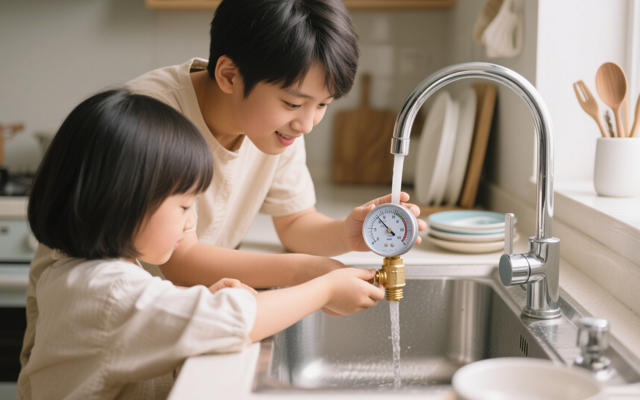
1. Check Multiple Fixtures
Test water pressure at different faucets, showers, and appliances (e.g., kitchen sink, bathroom sink, outdoor hose).
If only one fixture has low pressure, the problem is likely localized (clogged aerator, faulty valve, or pipe issue).
If all fixtures have low pressure, the issue is systemic (main supply, pressure regulator, or water heater).
2. Inspect the Aerator or Showerhead
Unscrew the faucet aerator or showerhead and check for mineral deposits, debris, or rust.
Soak it in vinegar overnight to dissolve buildup, then rinse and reattach.
3. Check the Main Shutoff Valve
Locate the main water shutoff valve (usually near the water meter or where the main line enters the house).
Ensure it’s fully open (turn clockwise to close, counterclockwise to open).
1. Activated Carbon Filters
- Removes:
✅ Chlorine & chloramines
✅ Bad tastes & odors (e.g., sulfur)
✅ Volatile Organic Compounds (VOCs)
✅ Some pesticides & herbicides
❌ Does not remove heavy metals, dissolved minerals, or microbes
2. Reverse Osmosis (RO) Systems
- Removes:
✅ Heavy metals (lead, arsenic, mercury, cadmium)
✅ Dissolved salts (fluoride, nitrates, sulfates)
✅ Microplastics & sediment
✅ Bacteria & viruses (if combined with UV)
✅ Chlorine & chemicals (with carbon pre-filter)
❌ May remove beneficial minerals (can be remineralized)
3. Water Softeners (Ion Exchange)
- Targets:
✅ Calcium & magnesium (hardness)
✅ Low levels of iron & manganese
❌ Does not remove bacteria, chlorine, or heavy metals
4. UV Purifiers
- Kills:
✅ Bacteria (E. coli, coliform)
✅ Viruses (rotavirus, hepatitis)
✅ Protozoa (Giardia, Cryptosporidium)
❌ Does not remove chemicals, metals, or sediment
5. Sediment Filters
- Removes:
✅ Sand, rust, dirt
✅ Large particles & silt
❌ Does not remove dissolved contaminants
6. Whole-House Filtration Systems
Combines multiple methods (carbon + sediment + UV) for broad protection.
- UV: Kills bacteria/viruses but doesn’t remove chemicals or particles.
- RO (Reverse Osmosis): Removes 95–99% of contaminants (heavy metals, dissolved salts) but requires electricity.
- Activated Carbon: Absorbs chlorine, odors, and organic compounds—ideal for pre-filtration.
REQUEST A QUOTE
RELATED PRODUCTS

Factory Price Drinking Water Treatment System 1000lph Commercial RO Water Filter System
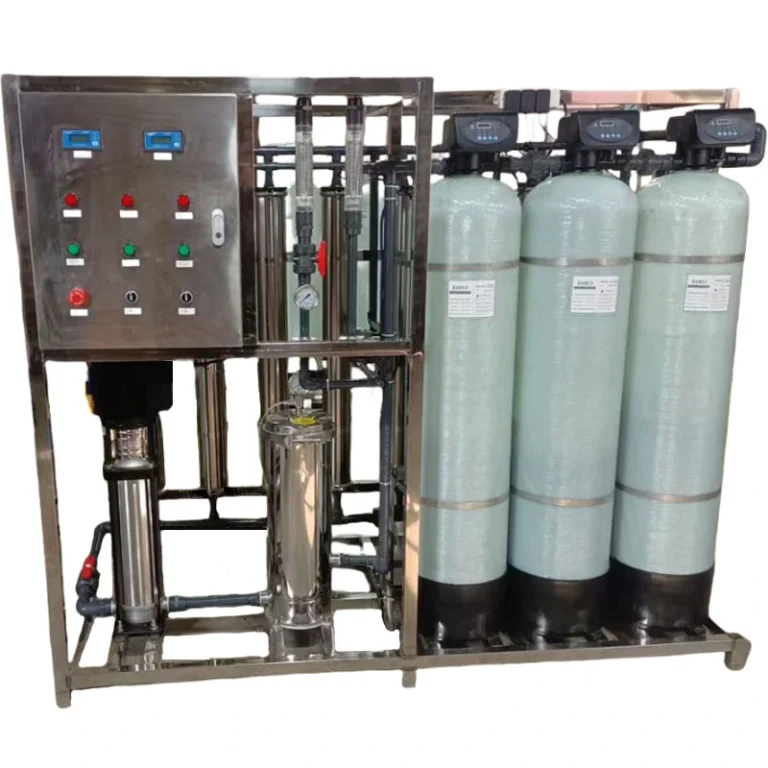
Industrial 2000L/H Drinking Water Reverse Osmosis RO Purification Pure Water Treatment System
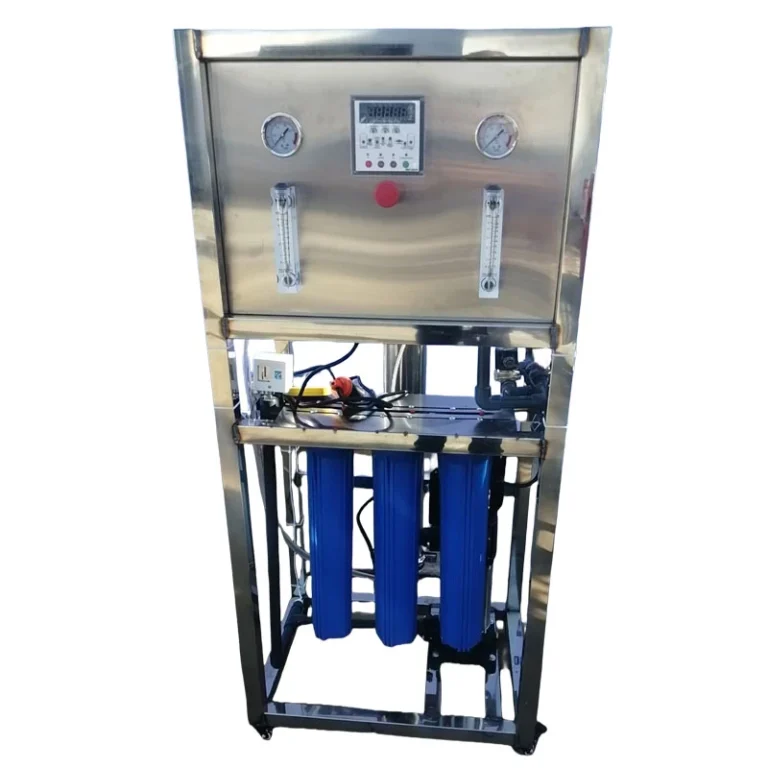
Mini Commercial RO System 250L/H | Chinese Manufacturer BasideWT
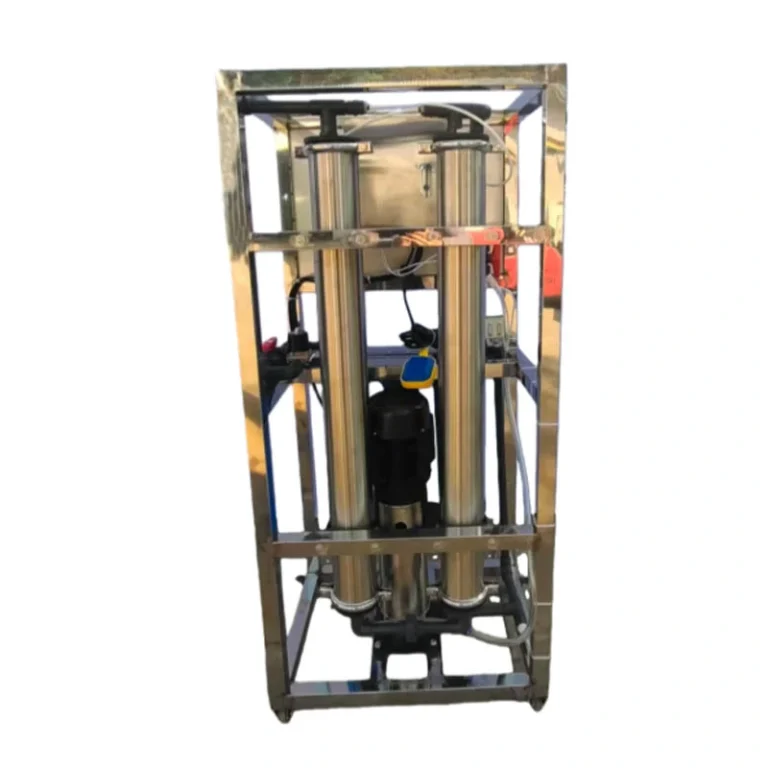
Whole-House Well Water Reverse Osmosis System
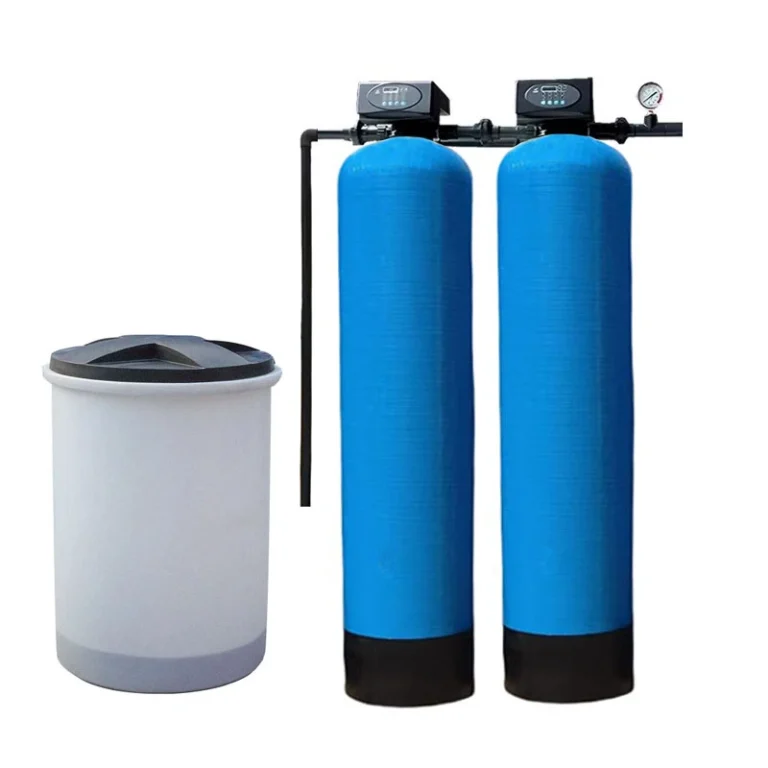
Best Automatic Water Softener system home for Hard Water Purification & Treatment Solutions



